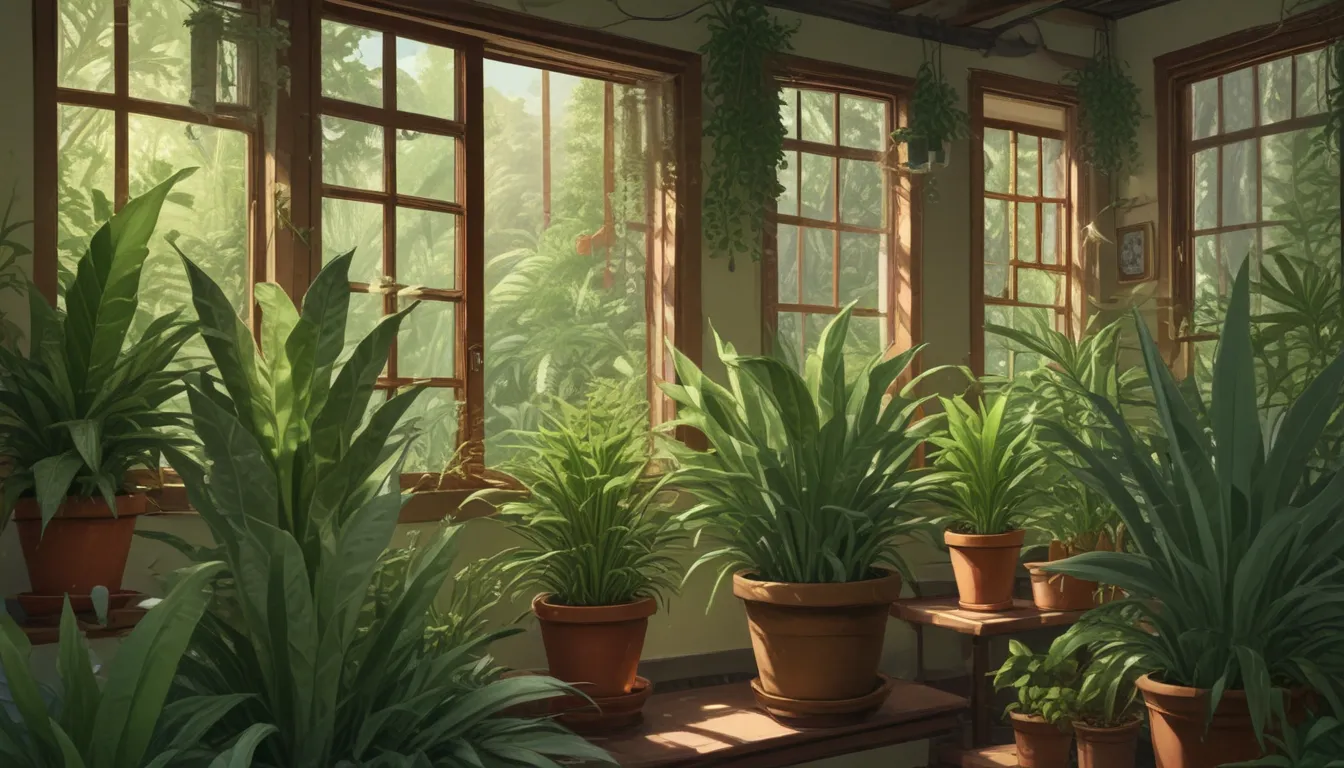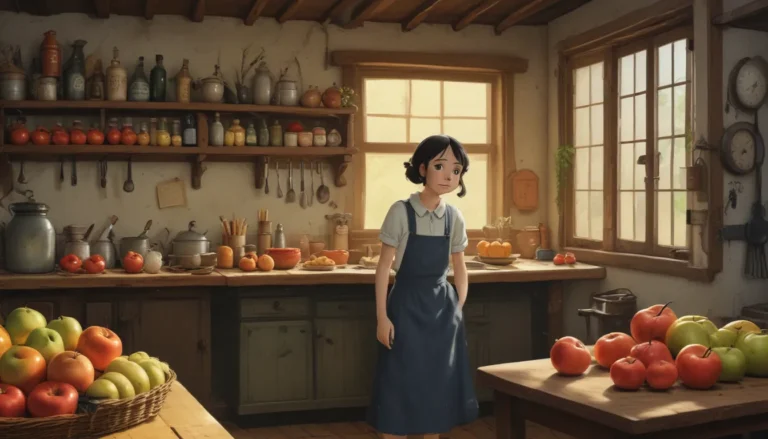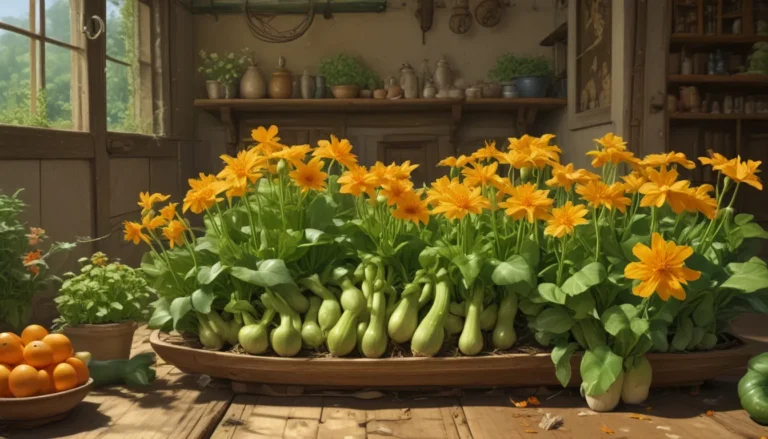Delving Into the Different Varieties of Snake Plants

If you’ve previously dismissed snake plants as mundane additions to your indoor garden, it’s time to take a closer look. These plants offer a plethora of intriguing forms, colors, and growth habits that you may not have considered before.
Whether you’re new to indoor gardening or a seasoned pro looking to expand your plant collection, there’s a variety of snake plant out there for everyone. From flat-leaved to dwarf to cylindrical shapes, the options are endless.
Let’s explore the fascinating world of snake plants and discover some of the most vibrant, striking varieties that can add a touch of nature to your home decor.
Unveiling Surprising Snake Plants
Once classified under the Sansevieria genus, snake plants were reclassified as part of the Dracaena genus in 2018. Despite the name change, these plants remain popular due to their ease of care and unique aesthetic qualities.
Snake plants are known for their low-maintenance nature, making them ideal for busy plant lovers. They require minimal watering, can thrive in low light conditions, and don’t mind being root-bound in their containers.
With a variety of stunning colors, patterns, and shapes, snake plants can be the perfect addition to any indoor garden. From subtle greens to vibrant hues, you’re sure to find a variety that suits your style.
Exploring Form and Structure
Snake plants come in various shapes and sizes, ranging from compact dwarfs to towering giants. Their foliage can be flat, cylindrical, or a combination of both, adding visual interest to any room.
Flat-Leafed Varieties
Most snake plants feature long, flat, sword-shaped leaves that add an elegant touch to any space. These varieties are perfect for creating a striking focal point in your home.
Among the most popular flat-leafed species is D. trifasciata, which boasts narrow, green leaves with distinctive crosshatching patterns. Varieties like ‘Moonshine,’ ‘Futura,’ and ‘Laurentii’ offer unique colors and textures that can liven up your indoor garden.
Dwarf Cultivars
For those in search of smaller snake plants that are easy to care for, dwarf cultivars are an excellent choice. These compact varieties are perfect for small spaces and require minimal maintenance.
One standout dwarf cultivar is D. trifasciata ‘Hahnii,’ also known as the bird’s nest snake plant. With its rosette-forming shape and vibrant colors, this miniature variety is sure to make a statement in your home.
Cylindrical Types
If you’re looking for something a bit different, consider adding a cylindrical snake plant to your collection. These varieties feature tubular leaves that add a unique twist to your indoor garden.
One popular cylindrical species is D. angolensis, also known as African spear. With its fan-shaped leaves and striking color patterns, this variety is sure to catch the eye of any plant lover.
Whether you prefer flat-leafed, dwarf, or cylindrical snake plants, there’s a variety out there for everyone. These plants are not only beautiful to look at but also easy to care for, making them a perfect addition to any indoor garden.
Embracing the Diversity of Snake Plants
Are you ready to add a touch of nature to your indoor space? Snake plants offer a world of possibilities, from vibrant colors to unique shapes that can transform any room.
Whether you’re a seasoned plant enthusiast or a novice gardener, these versatile plants are sure to delight and inspire. So why wait? Explore the diverse world of snake plants and bring a touch of nature into your home.
I’d love to hear from you – which variety of snake plant is your favorite? Do you have any of these plants in your indoor garden? Share your photos in the comments below!
And if you’re looking for more plant inspiration, check out these helpful articles:
- Tips for Caring for Snake Plants
- How to Propagate Snake Plants
- Creative Ways to Display Snake Plants in Your Home
Remember, adding a touch of greenery to your indoor space can have a positive impact on your mood and well-being. So why not give snake plants a chance and see the difference they can make in your home decor?





